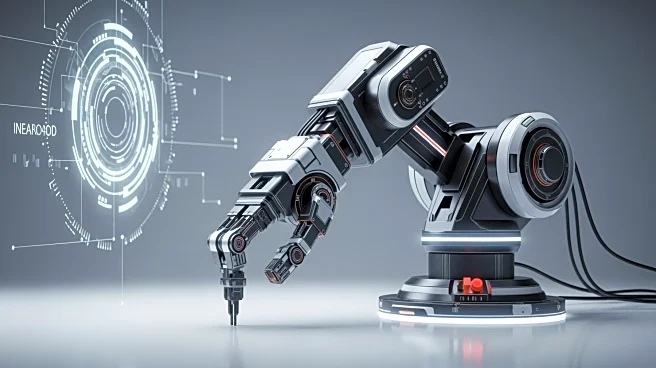What's Happening?
UiPath is recognized as a global leader in automation, offering a comprehensive suite of features that streamline business processes. The platform's top features include Robotic Process Automation (RPA),
a centralized Object Repository, process mining, and AI integration. These tools enable businesses to automate repetitive tasks, reduce errors, and enhance operational efficiency. UiPath's RPA bots can perform tasks such as data extraction, system navigation, and screen interpretation, ensuring consistent and accurate operations. The platform also supports process mining, which provides insights into business processes, helping identify automation opportunities and optimize workflows.
Why It's Important?
The integration of UiPath's advanced features into business operations can lead to significant improvements in efficiency and productivity. By automating routine tasks, businesses can free up human resources for more complex and strategic activities, potentially leading to higher employee satisfaction and engagement. The platform's ability to integrate AI and machine learning further enhances its capabilities, allowing businesses to develop more sophisticated automation solutions. This can result in better data quality, improved compliance, and a more agile response to changing business needs.
What's Next?
As more businesses recognize the benefits of automation, the adoption of platforms like UiPath is likely to increase. Companies may explore further integration of AI and machine learning to enhance their automation strategies, potentially leading to new innovations in business operations. The continued development of UiPath's features could also drive greater collaboration between human and digital workers, fostering a more integrated and efficient workplace.
Beyond the Headlines
The widespread adoption of automation technologies like UiPath may have broader implications for the workforce. As businesses automate more tasks, there may be a shift in the types of skills that are in demand, with a growing emphasis on digital and technical competencies. This could lead to changes in workforce training and development, as well as potential shifts in employment patterns as businesses adapt to new technological capabilities.












